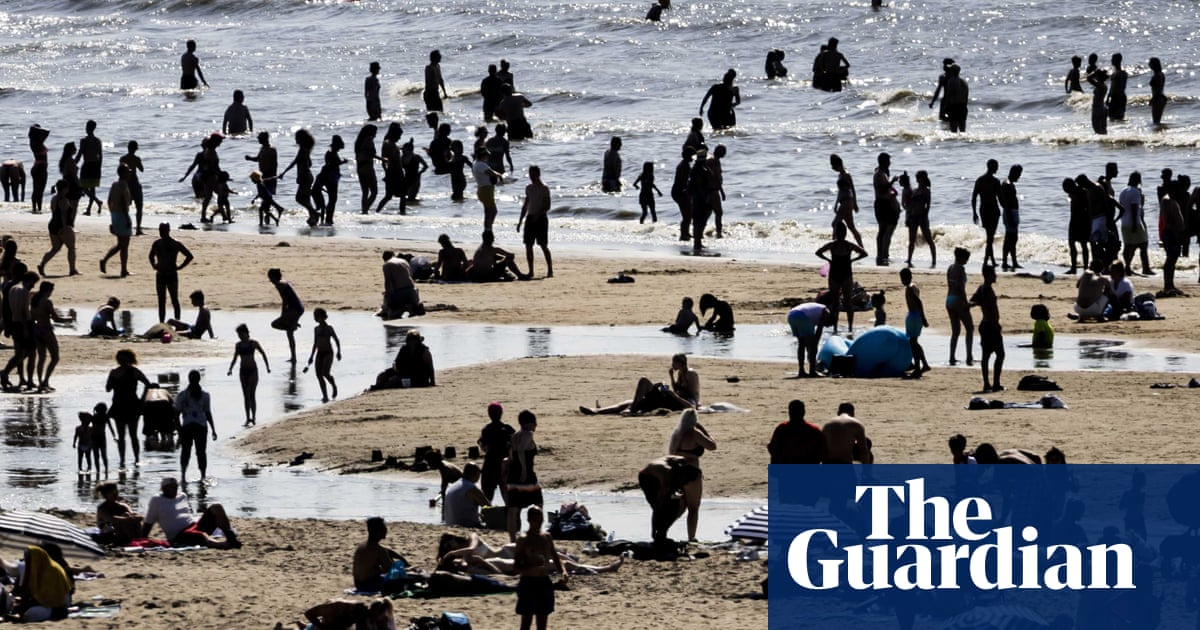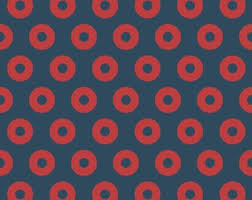This is only a problem if the concentration of PFAS in the foam is higher than already in the child.
Otherwise, consumption should actually remove PFAS from the child’s body via osmosis.
Not sure if this is a joke or not. Many things bioaccumulate, as they make it in, but not out of the body at the same rate. PFAS are accumulating over time.
Ok, that gave me a chuckle 🤭
Kids by the seaside eat the foam? I remember even as a kid thinking it looked gross.
Congratulations, you are reasonable and intelligent…not everyone has the same gifts.
It looks like root beer float foam sometimes. Mmmm.
These people don’t have kids, if they did they would have just spread the rumor that sea foam is actually fish poop.
Yeah that won’t work because you know, kids are fucking stupid
But the responsibility is no longer on the government.
Wow, that’s terrible. That said, if you are letting your kids eat seafoam in the first place that’s a red flag, it’s not just PFAOS you need to worry about.
I’m sorry, what?
Autocorrect from seafoam to seafood. I corrected it.
This is the best summary I could come up with:
The Dutch government has warned people to stop children and pets swallowing foam at the seaside, after a study showed “forever chemicals” were concentrated in the spume.
After research into foam at the Belgian seaside showing a concentration of per- and polyfluoroalkyl substances (PFAS) – used widely for their waterproofing qualities but difficult to destroy – the Dutch public health institute RIVM measured the coast in Zeeland, north and south Holland in April and August.
PFAS synthetic chemicals have been linked with toxic effects on the human immune system, certain cancers, fertility issues and risks for wildlife.
“It is sensible to have a shower after swimming, wash your hands before eating, and not to let children and pets swallow any sea foam,” said the minister of water management, Mark Harbers, in a parliamentary briefing on Tuesday.
The RIVM said in a press release that it was unclear what the presence of the chemicals in foam meant “for the health of … swimmers, surfers, or people walking on the beach” due to a lack of data on exposure and acceptable risk levels.
Last year, the RIVM notes, the Dutch government tightened drinking water limits for PFAS after they were found to be “more dangerous for health than previously thought”.
The original article contains 461 words, the summary contains 208 words. Saved 55%. I’m a bot and I’m open source!








